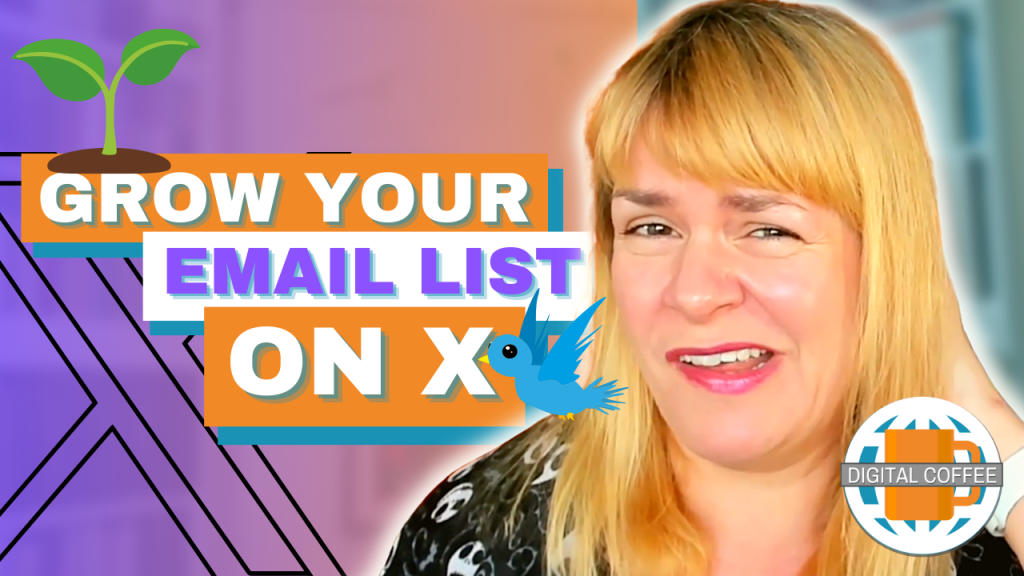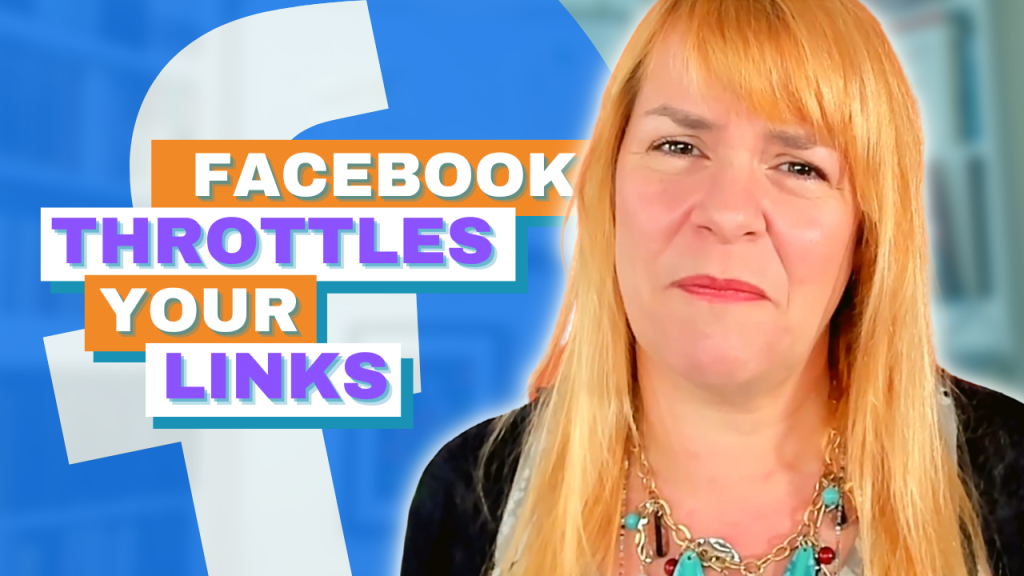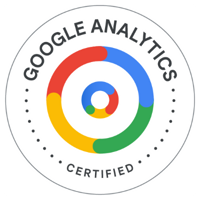Twitter Fleets for all
One of the reasons stories on social networks are important is they are immersive. When you click you are committing to watching, they take over the screen.
It’s easy to see why they are popular with social networks who want people to spend longer on their platforms.
For Twitter there’s another problem, many people never tweet, they just lurk on the platform. Could stories solve this?
We’re about to find out.
This week Twitter started rolling out Fleets, their story tool, to everyone. You’ll be able to share reactions to tweets, photos, videos and text.
When you reply to a Fleet it sends that reply as a direct message, just like on Instagram.
Will this encourage more people to post on Twitter?
(PS Twitter are slowing the roll out as they’ve experienced some issues)
Audio Spaces on Twitter
Clubhouse is an app that facilitates group conversations using audio. An early adopter was Jack Dorsey.
And he’s stolen the idea for Twitter.
Audio conversations can be powerful. You don’t need to worry about making eye contact with others and you don’t have to blow dry your hair in advance. You can participate even if you need to do something else at the same time. And Clubhouse proved it worked.
Audio Spaces is Twitter’s version. It’s connected to Fleets. You can create an Audio Space or join in others. When someone has a space open there will be a purple line around their Fleet.
We could use this in a similar way we use Zoom or live broadcasts. To teach, to interview to showcase, to have a discussion but with live interaction from our audiences.
Instagram goes a bit Pinterest with guides
Are you the goto person for your niche? Are you a fountain of knowledge? Does your marketing revolve around helping people?
If so Guides from Instagram is worth a look. The tool, similar to Pinterest boards, allows you to create a collection of places, products or your own posts for others to view.
You’ll find it on your profile page when you click the + button. Once you create a guide it appears in a tab on your profile and could also show up in the explore feed.
You could use it to guide people around your local area and local businesses. A travel blogger could use them to showcase their recommendations. An influencer could use it to display products from brands they work with.
We could all use it to categorise our content or to recommend other accounts we love.
https://about.instagram.com/blog/announcements/expanding-guides-on-instagram
Better Search On Instagram
Instagram search is frustrating. You can either search by place, account or hashtag. It’s hit and miss, particularly if you are looking for posts on a specific topic.
It also means that the only way you can optimise a post is by using the right hashtags.
Not anymore. Instagram is testing a ‘keyword’ search option which will bring up posts related to a specific topic without the need to search a tag.
This could mean more relevant results.
At the moment keywords will be limited to general interest topics but I can see it expanding in the future.
This means we need to start thinking about our captions as much as we do hashtags.
https://techcrunch.com/2020/11/17/instagram-expands-new-guides-feature-to-all-users/
Opt-out of third party data sharing for Instagram ads
Facebook (and therefore Instagram) ads work well because they gather so much data about their users. Not just on Facebook but when they browse other websites.
For example. If you look at online stores selling pyjamas it’s not long before Facebook will show you an ad selling pyjamas.
They get this data from pixels on websites and SDK which is a pixel for apps. As advertisers, we use it to retarget customers.
Last year Facebook gave you the option to opt-out of third-party data collection and now Instagram is doing the same.
You’ll find the option in your settings menu under ads.
The clock is ticking on pixel-based marketing. Facebook and Instagram shops are a way of walling off a portion of the internet where Facebook controls the data. Soon these shops will seem more appealing because of the retargeting options.
Messenger ads are changing
Facebook ads are powerful because Facebook knows its users. If you run a campaign you can optimise it by user behaviour. For example, if you optimise for website traffic, Facebook will show your ad to people who click links in ads.
Up until this week, if you optimised for Messages, Facebook would show your ad to people who are most likely to send you a message.
But not anymore for countries in the EU and UK.
You can no longer choose the ‘Messages’ optimisation feature. You’ll no longer be able to see if your ads resulted in messages, you’ll no longer be able to create custom or lookalike audiences based on messenger.
This is down to GDPR. It means you have to use the traffic objective and click to Messenger in your ads. It’s likely you’re ads won’t be as effective.
Audio ads on YouTube
It seems odd, YouTube is a video platform but a big chunk of people use it as a listening tool. Particularly for music.
YouTube is about to launch a new ad type which is all about audio. These ads won’t need a complex video, they’ll just be a still image or a simple animation and will be designed to attract those users who listen to YouTube in the background.
It’s going to be a new skillset for advertisers, but audio is seeing an upsurge, what with smart speakers, podcasts and the rise of audio messaging.
https://blog.google/products/ads-commerce/youtube-music-audio-ads/
Get a headstart on Google Analytics 4 & understand the lingo with the GA4 phrase book








